Sharing the sea: life on Europe’s only open Schengen border with Russia
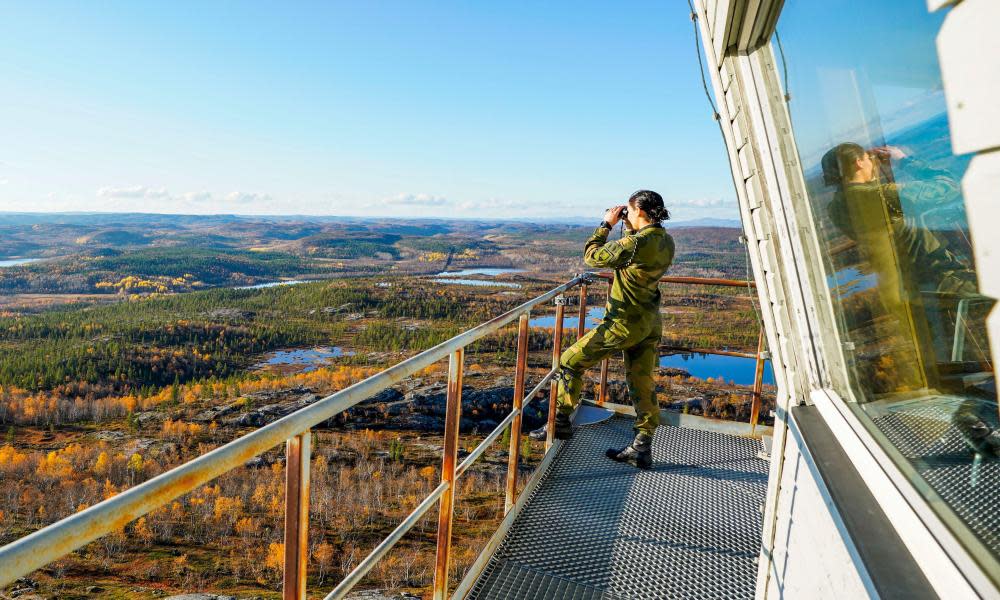
From the village of Grense Jakobselv, where the Norwegian-Russian border meets the Arctic Ocean, you can see straight into Russia. And, across the river that marks the border line, the Russian soldiers can look right back.
Despite water temperatures here rarely climbing above 10C (50F), in the summer months the Norwegian side is a popular destination for fishing, beluga whale spotting, basking in the midnight sun and, since the Russian invasion of Ukraine, peering into Russia. “Everyone wants to go to one of the most eastern military points of Norway and have a look into Russia. It’s like being at Loch Ness,” says Trygg Arne Larsen, a military adviser.
The village no longer has any permanent residents, but its small stone church, King Oscar II’s chapel, built on the hillside in 1869 to mark the border, is still in use. Several camper vans – including one with a Russian registration – are parked facing the Barents Sea, which sparkles in the sunshine. A short drive down the road is Storskog, the last remaining Schengen border crossing into Russia.
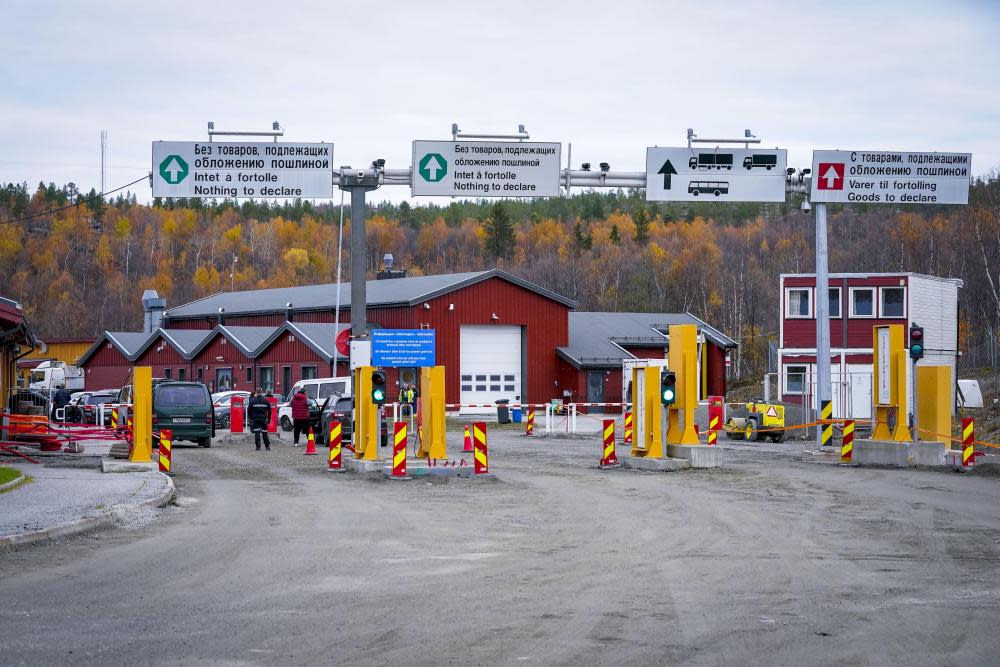
But that is not to say that Norway, a member of Nato, is not on its guard. A live-in watchtower known as OP 247 is monitored by the Norwegian military 24 hours a day. From the top, in a cosy living area with a gym, kitchen and sizeable DVD and game collection for off-duty soldiers, you can see as far as Vardø, where Norway maintains military surveillance radars.
In Kirkenes harbour, Russian fishing boats are still allowed to enter, but fishers’ freedom to walk around was recently limited
Yet it is also here that the two countries, despite being on opposite sides of Russia’s war in Ukraine, maintain an uneasy detente: they share the sea.
The border continues 12 nautical miles out from the river mouth, meaning Russian ships cannot enter Norway’s side and vice versa. Beyond that, the Barents Sea – and its valuable cod stock – continues to be shared between the two nations. The two countries still meet to agree fishing quotas – they meet this week to set levels for the forthcoming year. And although Russia was suspended from the International Council for the Exploration of the Sea (Ices) after the invasion, Bjarte Bogstad, a researcher at the Institute of Marine Research in Norway and the Norwegian Ices representative, continues to collaborate with his Russian colleagues, whom he has known for decades.
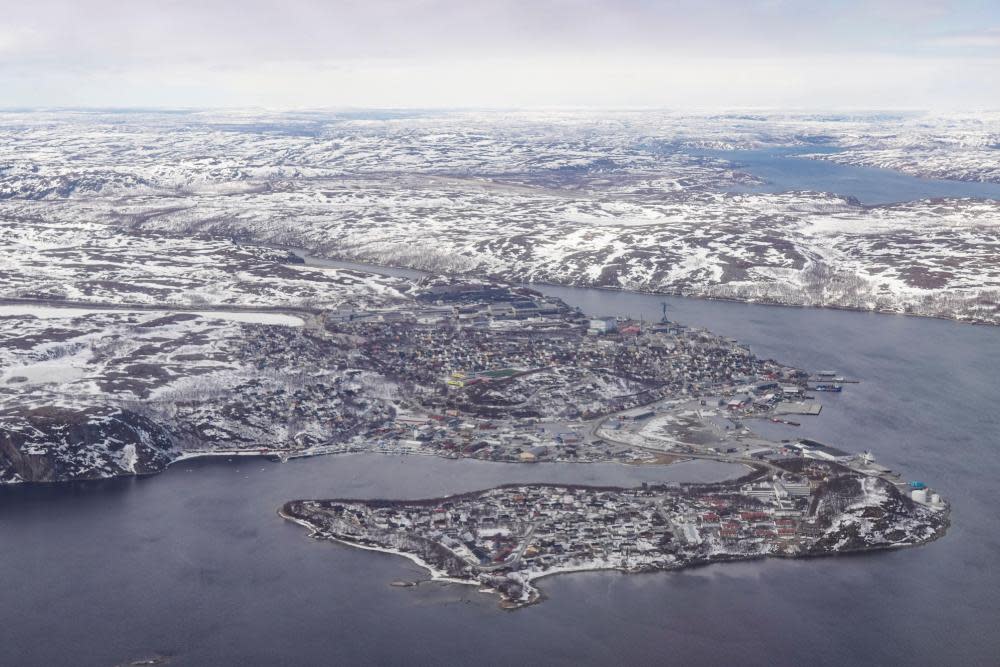
While there is tension since the war, he says, both countries see benefit to maintaining cordial relations on ocean matters, despite “the elephant in the room”. For example, he notes that although the fish are born on the Norwegian coast, they live both in the Norwegian and Russian zones – and it is in both countries’ interests to fish the bigger cod in the Norwegian zone rather than the still-growing cod in the Russian zone, as well as to limit access to any other third parties, such as the UK, EU and Iceland.
“Since the Norwegian government has exempted fisheries cooperation from the boycott [against doing business with Russia], the institute where I work is probably among the very few that still have some kind of cooperation with Russian institutions in the western world,” he says.
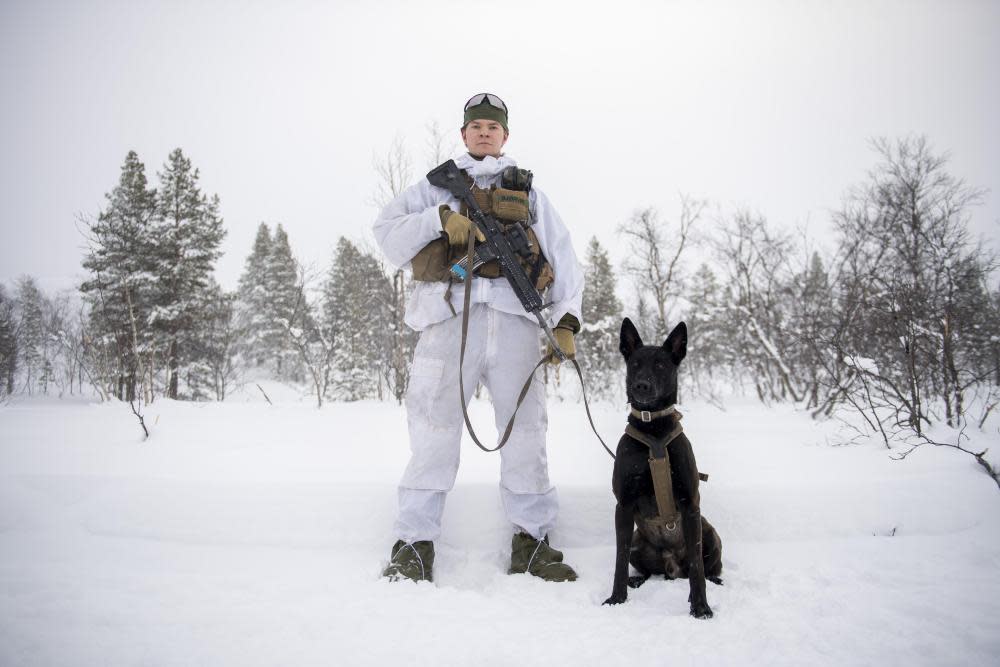
Some new restrictions are in place. In the nearby harbour of Kirkenes, one of three Norwegian ports that Russian fishing boats are still allowed to enter, vessels flying Russian flags are still a regular presence. However, fishers’ freedom to walk around was recently limited, and Russian vessels can no longer use Norwegian ports for repair and maintenance, a major blow to local businesses.
Thomas Nilsen, editor of Kirkenes-based online news publication the Independent Barents Observer, says the war in Ukraine has hurt Kirkenes and is increasing tensions in the Arctic. “There are more exercises, more surveillance and attention to the Norwegian Sea and the Barents Sea,” he says.
Kirkenes has long been known as “spy city” but Nilsen says the attention given to potential Russian surveillance has increased public awareness, making it harder for Russia to conduct such operations both on land and at sea. “Russia knows,” he says, “that if they send military troops into this area, that will trigger article 5 [of the Nato treaty, stipulating that an attack on one member is considered an attack on all]. “But sending in people with civilian clothes and mapping Norwegian infrastructure like bridges, water supply, harbours is very important for Russia, and I think they are doing that.”
In his garrison office at Høybuktmoen, the commander of the border guard, Michael Rozmara, says that despite the apparently good relations on the water, things have changed dramatically in the past two decades. After the cold war ended, he says, Russian and Norwegian border guards grew so close that in 2007 they had a joint Christmas party with their families. The next year, however, Russia invaded Georgia, and in 2014 it annexed Crimea. No more Christmas parties.
The Norwegian consulate in Murmansk is now closed; where there were once about 300,000 civilian crossings a year at Storskog, there are now a fraction of that number as visas expire. Most people crossing from Russia into Norway either hold a Schengen visa or are fishing boat workers changing crews at Norwegian ports, Rozmara says.
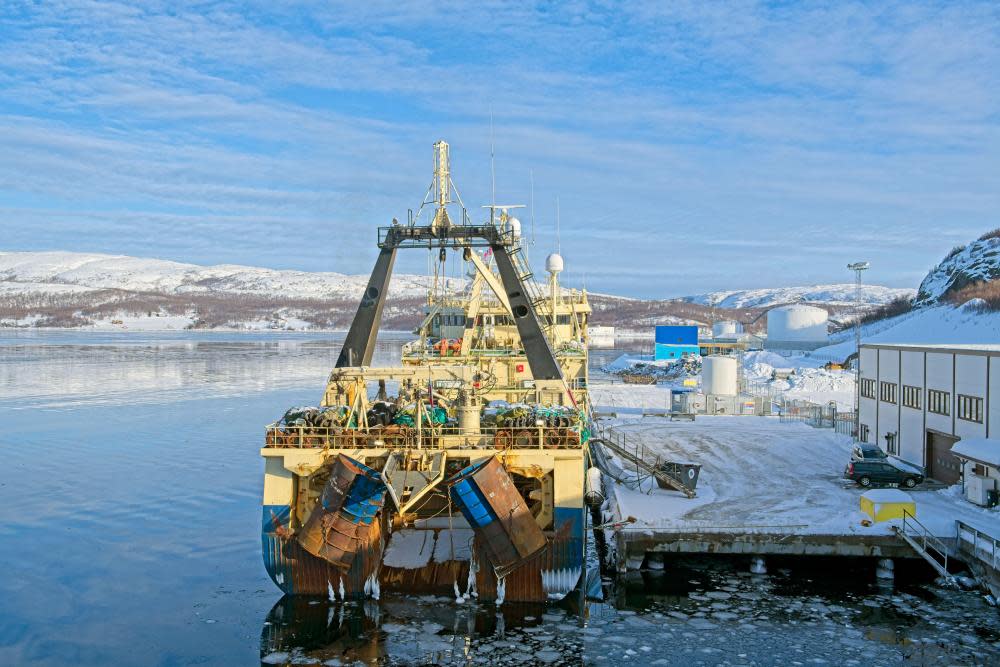
“We have been planning for many years: how do we defend Norway if Russia should be an aggressor?” he adds. Until recently, “that thought has been very far away”. Now, although Rozmara says he is sad about the breakdown in relations, he is ready to defend Norway. “Now is really the right time to stand up for what you believe, and your values, and your nation, and Nato, and those cheering the same values as we do.”
This article’s headline was amended on 17 October 2023. Though Norway is part of the Schengen area that allows visa-free travel within Europe, it is not in the EU as an earlier version said.


